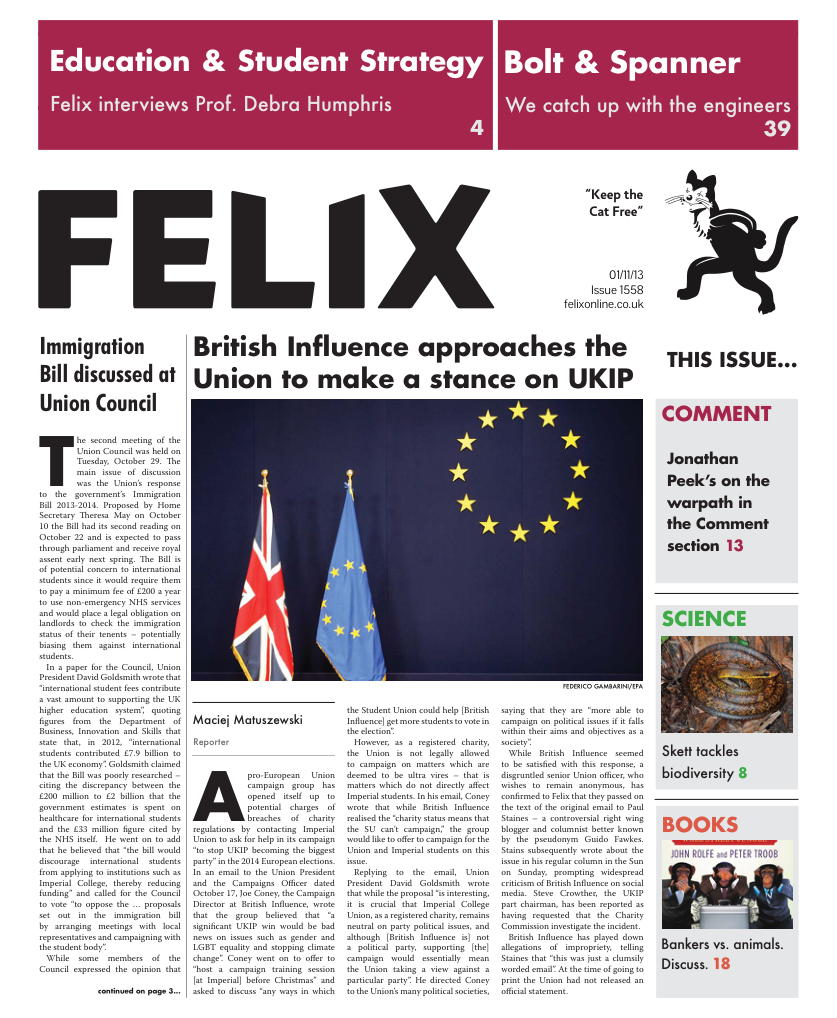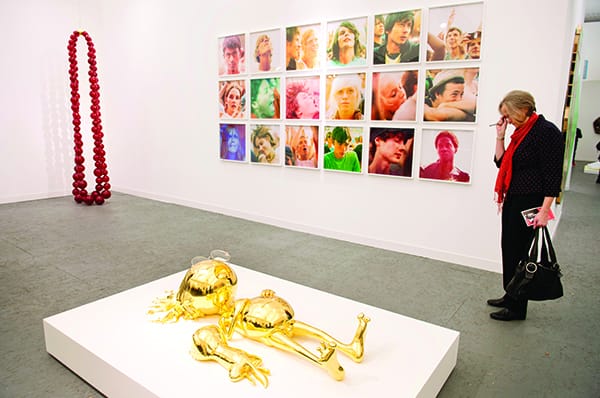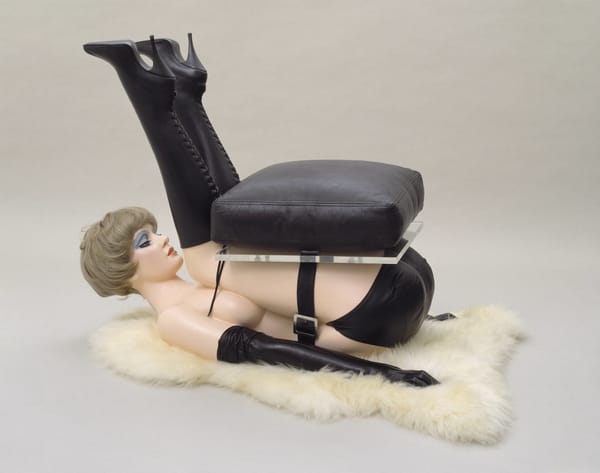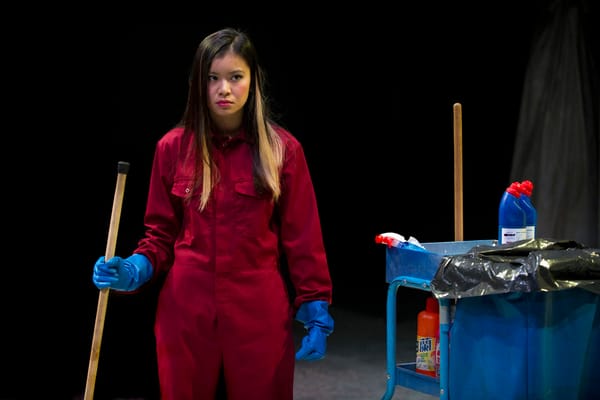London Underground’s Greatest Poster Designs
What: Tube150 – 150th Anniversary of the London Underground Where: The London Transport Museum, WC2 When: Until 5th Jan 2014 Price: £11.50 students, £15 adults, for unlimited admission in 12 months
Crowds of rushing commuters, dawdling tourists and giggling schoolchildren. A sea of colours, thoughts, noises. The new film adverts. The delays announcements. The sound of a tube pulling into the platform and your desperate wish to get onto it. This is what the TFL posters have to compete with – and Tube150 is all about how it’s achieved. The exhibition is a collection of London Underground posters- the type they put up to tell you that an upgrade is underway, or a new station is opening. Moving through the rooms of the exhibition is a journey through the tube’s history, an education in graphic arts and a recap of London’s main events from the last century. The oldest poster is from 1866, the first year of the District line, and compares the cheap fares of the line in comparison to the rival line, the Metropolitan. The core of the exhibition is in the fantastic art deco posters of the 30s, years in which the tube boom was in full swing. The various competing underground companies were unified in the early 30s, and the underground started commissioning hundreds of posters from top artists advertising various locations reachable by tube. The vibrant colours and elegant lettering hark back to an age in which tube travel was intensely fashionable, the real symbol of a busy, affluent and glamorous capital. The 40s posters are slightly more sedate and show the shift in British culture that the Second World War caused. Suddenly the focus is on technological advances, with black and white photo montages boasting the new safety features and improvements (1937 saw the first pneumatic doors on tubes). There is also new emphasis on the equality of the tube- we no longer see fur-coated flappers and top hatted dandies, but factory workers sitting next to business men. First class tickets had been abolished in 1939, and TFL shows how anyone can now pay the cheap ticket to get about with comfort, speed and reliability. One poster, from 1944, shows the cityscape and a tube station with a patriotic paragraph underneath – so far, nothing remarkable. The same poster however was printed in different languages and put up across the globe where British troops were stationed, to encourage them on, and remind them of their “Proud City”. After the 50s, tube posters went through a bit of a boring phase, with poster commissions being given to advertising companies rather than artists. A few notable exceptions are a psychedelic 60s and a raving 80s poster, advertising London nightlife. The collection is wonderful. Vibrant, interesting, funny, it really sums up 150 years of history seen through the perspective of the most iconic transport system in the world. It is therefore a mystery to me why the London Transport museum has crowded it all into two thin rooms, with tiny little plaster board corridors blocking off one area from the other. The whole point of the exhibition is how versatile, captivating and striking these artworks are – they needed to be displayed a huge space, not a few white-washed broom cupboards. Despite the limited exhibition space, Tube150 is a must for any user of public transport in London, and will make you step in to the tube home with a whole different world in mind. The unequalled perk of a poster exhibition is also that you can buy a reprint of your favourite on your way out – definitely better than the start of term poster sale!









